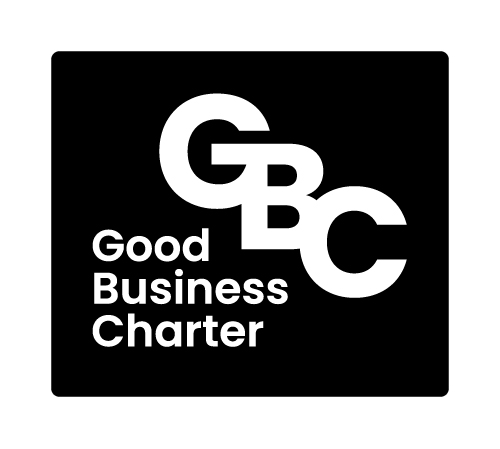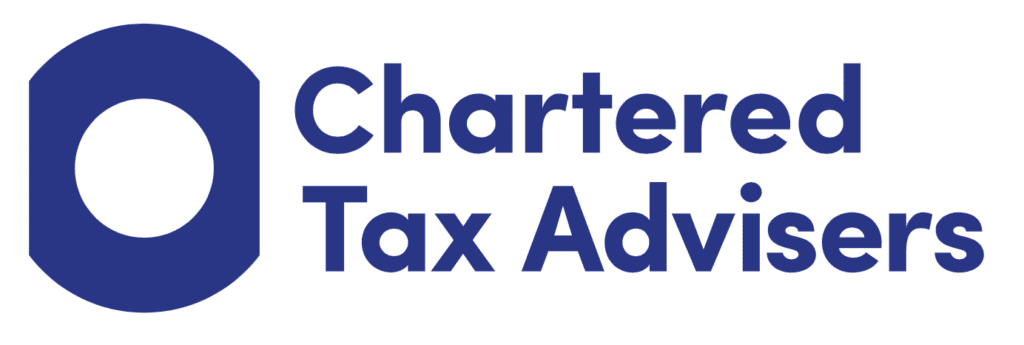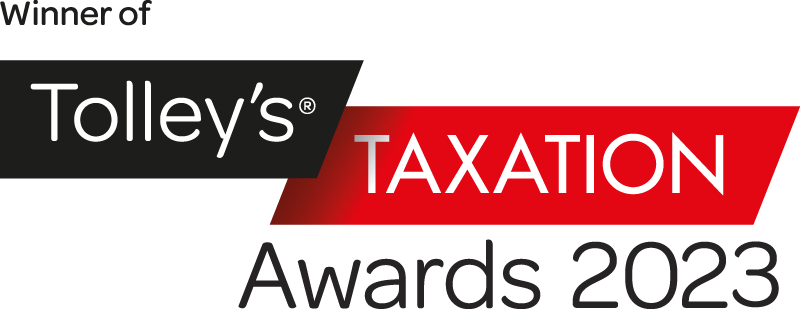Fundraising (EIS and SEIS)
Are you a startup looking for different ways to fundraise and help you grow? Are you a lawyer or accountant advising fledgling businesses on the best way to raise capital? The Enterprise Investment Scheme (EIS) and Seed Enterprise Investment Scheme (SEIS) schemes are likely to be of interest to you as they are designed to help companies to attract investment.

What are EIS and SEIS?
Both schemes offer significant tax incentives to investors who back companies in their very early, and hence riskiest, stages of development – within the first seven years of startup for the EIS , and within two years for the SEIS . Below, we have outlined the key features and conditions of both schemes, as well as the main differences between them.
How does EIS work?
EIS is designed to help early-stage, growing businesses attract investment. Such businesses are inherently risky, and so the tax advantages on offer are significant to appeal to investors. The scheme’s main features are as follows:
- Income Tax relief of 30% of the amount invested is available, up to a maximum investment of £1m for each individual investor per year (£2m for ‘knowledge intensive companies’, known as KICs). This is withdrawn if the shares are sold or if the company loses its EIS status within three years
- Provided the shares have been held for three years, there is a Capital Gains Tax (CGT) exemption when they are sold. This effectively means that the investor benefits from tax-free capital growth. Chargeable gains reinvested in EIS shares will benefit from a 100% CGT exemption.
- EIS shares are usually exempt from Inheritance Tax, provided they have been held for at least two years.
- Loss relief is available against income and capital gains when the shares are disposed of at a loss.
How does SEIS work?
SEIS is very similar to EIS but is available to earlier stage companies. Companies must have traded for less than three years and have gross assets of less than £350,000.
It provides investors with a 50% Income Tax reduction on the sum invested. Although limits apply to the amount a company can raise via SEIS (£250,000) and the sum each investor can pay into the scheme (£200,000). The rest of the funding would then have to be raised/invested via the EIS scheme.
How to qualify ...
The investor must meet certain criteria, including not being an employee or director of the company (there are some exceptions for business angels) and not owning more than 30%
of the share capital. Existing shareholders are not eligible unless their existing shares were acquired through EIS, SEIS or Social Investment Tax Relief (SITR).
To qualify for EIS, the company must meet the following criteria:
It must have no more than £15m in gross assets before the share issue and £16m after;
It must be unquoted, must not be controlled by another company and must exist to carry on a qualifying trade;
It must either be a UK resident company carrying on a trade in the UK or be an overseas company with a UK-based permanent establishment carrying on a trade;
It must not be in financial difficulty;
It must have fewer than 250 full-time employees; and
It must not have any subsidiaries that are not 51% subsidiaries.
FAQs
A company cannot raise more than £5m from SEIS, EIS, Venture Capital Trusts (VCT), SITR or certain forms of state aid each year, and not more than £12m over its lifetime. EIS is available within a period of seven years following the first commercial sale.
Where one of the schemes outlined above has been used, further investment can be raised, provided this was set out in the original business plan. After seven years, EIS is only available when the company is entering a new geographical area or product market and is seeking at least 50% of its five-year average annual turnover in investment.
KICs can raise up to £10m in a year and £20m over their lifetime. They have an increased employee threshold of 499 and a longer initial investment period of ten years. Advance Assurance can be obtained from HMRC to confirm to investors that their investment should qualify for EIS. Allegro Tax can undertake this process for you. It is not mandatory, but is useful when entering into discussions with potential investors.
Aside from a very few excluded trades, EIS and SEIS are not industry-specific, so that a very wide range of industries and sectors can make use of EIS and SEIS. Tech companies in particular use EIS and SEIS, as they need speedy access to funding to fuel their growth. For a comprehensive list of excluded trades/activities, please visit the government’s website.
Companies have to meet the UK government’s conditions for a ‘permanent establishment’ in the UK to qualify for SEIS and SEIS. This essentially requires a tax presence in the form of an office, a factory, a place of management, etc. The other way of meeting the ‘permanent establishment’ requirement is to have a senior employee, partner, agent, etc. who is based in the UK, who has the authority to enter into contracts on behalf of the company and who frequently uses this authority to enter the company into binding agreements.
Not really. Most companies seeking to raise funds will put an EIS or SEIS scheme in place, not least because investors will expect to see it and regard it as a crucial prerequisite to investment.
Yes. The capital raised through EIS and SEIS funding cannot be used to repay loans to the company or individuals within it. The funds have to be used exclusively for the growth of the company. When applying for the schemes, you will have to specify what the funding will be used for. Most commonly, the capital raised will be used to increase the head count, marketing activities and stock.
Fundamentally, the definition of a knowledge-intensive company is any company involved in research and development (R&D) activities, thereby generating new knowledge – and, crucially, new intellectual property (IP) – and breaking new ground.
Please visit the UK government website for the full, official definition of this term and the specific conditions companies must meet.
The company itself will usually pay the fees for setting up the EIS or SEIS scheme.
EIS stands for Enterprise Investment Scheme. SEIS stands for Seed Enterprise Investment Scheme.
Anyone who invests £100,00 with the EIS scheme can reduce their Income Tax liability by £30,000 – i.e. 30% of their investment – and doesn’t have to pay any Capital Gains Tax on the sale of their shares (as long as they have held the shares for three years).
And the scheme’s ‘little sister’, SEIS, provides investors with a 50% Income Tax break on the sum invested, although limits apply to the amount a company can raise via SEIS (£150,000) and the sum each investor can pay into the scheme (£100,000). The rest of the funding would then have to be raised/invested via the EIS scheme.
EIS grants investors Income Tax relief of 30% of the amount invested, up to a maximum investment of £1m for each individual investor per year (£2m for ‘knowledge intensive companies’, known as KICs). SEIS provides investors with a 50% Income Tax break on the sum invested, although limits apply to the amount a company can raise via SEIS (£150,000).
Free Enquiry
To find out how we can help with your requirements, please send a free enquiry.








